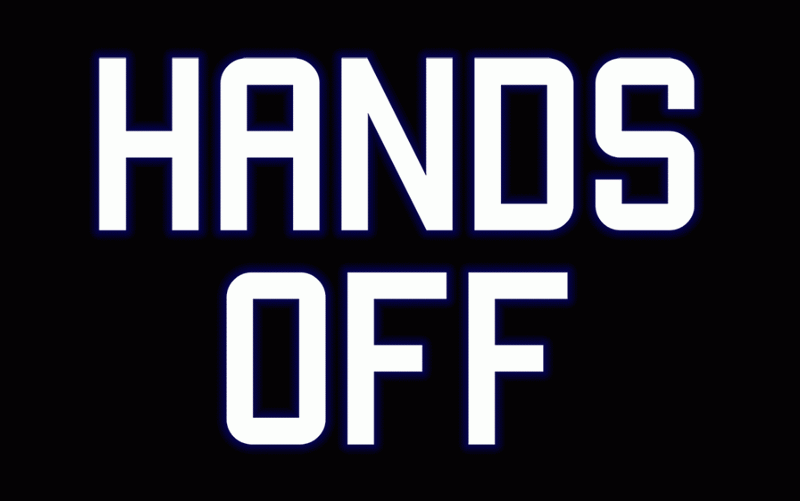Batwoman returns as part of DC’s Rebirth event.
Kate Kane, a.k.a. lesbian superhero Batwoman, is back! Part of DC Comics’ Rebirth event, Batwoman: Rebirth quickly gets new readers up to speed. The first issue in the series is available in comics stores and at Comixology today. When Batwoman debuted in 2011, she became the first LGBT character to star in an ongoing monthly comic book from a mainstream publisher. Marguerite Bennett (DC Comics Bombshells,Batgirl,Earth 2: World’s End) will be writing the new adventures of the heroine, with art by Steve Epting.
“There has never been a heroine I have loved more than Batwoman,” Bennett says. “Her flaws, her ferocity, her struggle to rise above her own history and find a way to serve the greater good and those she loves — she’s always cut me straight to the bone. To be a queer woman and to see a queer woman as not just a part but a pillar of the Bat family was life-changing, inspiring, and gave me the courage to pursue this career in comics. The opportunity to add to Kate Kane’s story and legacy is both an honor and a sincere dream come true.”
You can see much more at The Advocate.



















